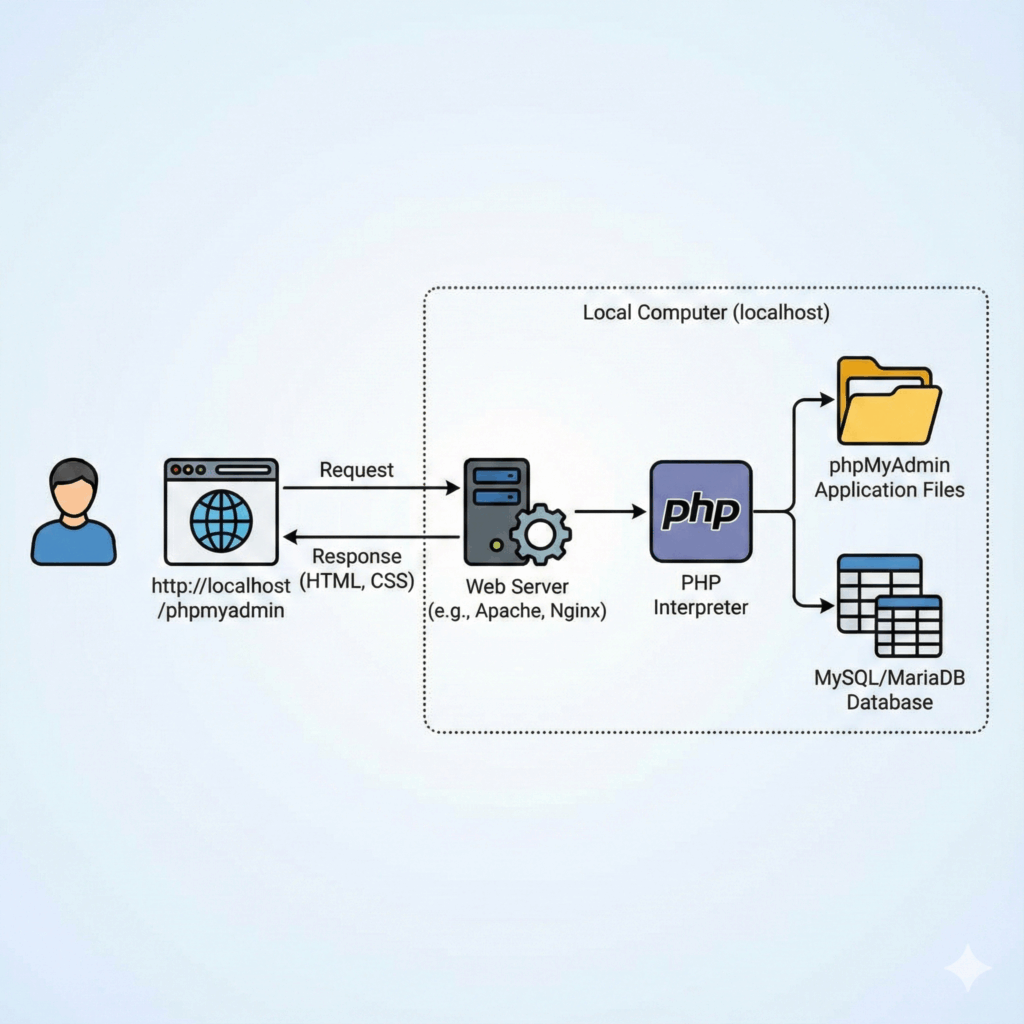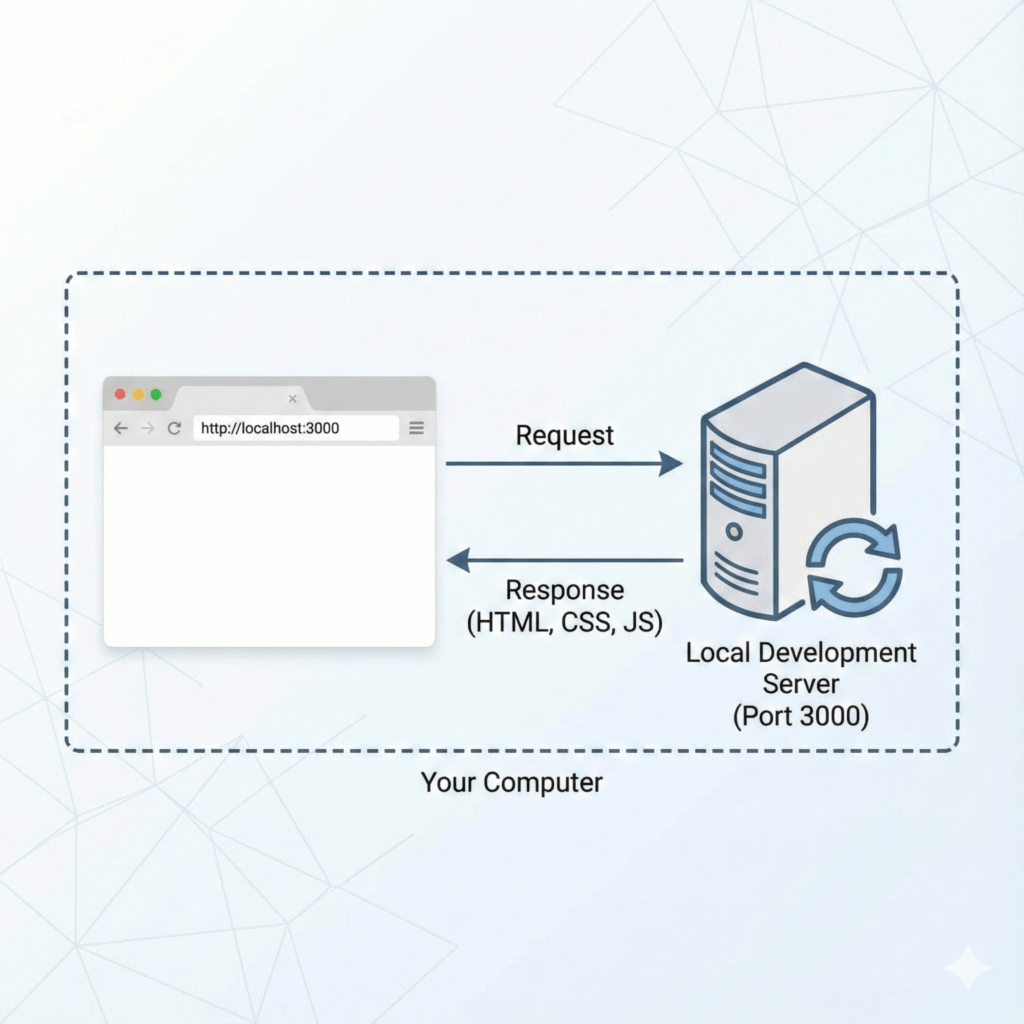The Windows hosts file is a plain text file used by the operating system to map hostnames to IP addresses. It serves as a local DNS (Domain Name System) resolver, allowing users to override or specify network name resolutions for specific domains.
In this article, we will explore how to locate and edit the hosts file in Windows, along with practical use cases and important considerations.
Understanding the Windows Hosts File
The hosts file in Windows is a local database that connects IP addresses to domain names. It helps with network name resolution before DNS (Domain Name System) is used. Here are the key points to understand about this important system file:
- Function Before DNS: The hosts file acts as a manual resolver, allowing the operating system to match domain names with their corresponding IP addresses without relying on external servers for DNS lookups.
- IP Address Mapping: By associating IP addresses with domain names within the hosts file, Windows can directly translate human-readable URLs into machine-readable IP addresses for efficient communication over networks.
- Override DNS Lookups: One of the primary functions of the hosts file is to supersede DNS resolutions. Users can input specific mappings in the hosts file to direct domain queries to predefined IP addresses, bypassing standard DNS servers.
Understanding how the hosts file works as an initial resource for network name resolution helps us see why it’s important for controlling and customizing domain-to-IP address mappings on Windows systems.
Locating the Hosts File in Windows
The hosts file location Windows is fixed and consistent across modern versions like Windows 10 and Windows 11. You will find it at:
C:\Windows\System32\drivers\etc\hosts
This exact directory path is crucial because the hosts file resides within the system’s protected folders. Accessing this file requires administrative privileges, which you will need when editing.
Comparison with other operating systems reveals notable differences:
- Windows: Hosts file stored under
C:\Windows\System32\drivers\etc\. - macOS/Linux: Hosts file is located at
/etc/hostsand typically edited using terminal commands with root permissions.
Unlike macOS or Linux, where the hosts file sits in a straightforward location, Windows places it deep within system directories to enhance security. Understanding this location allows you to navigate directly without confusion during troubleshooting or editing tasks.
Accessing and Editing the Hosts File in Windows
Editing the hosts file in Windows requires administrative privileges to avoid permission errors. Follow these steps to safely open and modify the hosts file using Notepad or any other text editor.
1. Run Notepad as Administrator**
- Click on the Start menu, type Notepad.
- Right-click on the Notepad app icon and select Run as administrator.
- Confirm any User Account Control (UAC) prompts to grant elevated access.
2. Open the Hosts File
- In Notepad, go to File > Open.
- Navigate to the directory:
- C:\Windows\System32\drivers\etc\
- By default, this folder may appear empty because Notepad filters for
.txtfiles. Change the file type filter to All Files (.) to display the hosts file. - Select hosts and click Open.
3. Edit Carefully Without Corrupting System Files
- Make sure not to add extra file extensions or change existing permissions. The hosts file has no extension, so avoid saving it as
hosts.txt. - Add or modify entries as needed at the bottom of the file in proper format (explained in later sections).
4. Save Changes with Administrative Rights
Use File > Save within Notepad after editing. If you encounter any errors saving, confirm you launched Notepad with administrator access correctly.
This method ensures you can edit your windows localhost file securely without affecting system stability or triggering permission issues commonly seen when attempting to edit without elevated rights.
Correct Syntax and Format for Hosts File Entries
Understanding the hosts file syntax is essential for effective IP address domain mapping. Each entry in the hosts file follows a specific format:
IP_ADDRESS DOMAIN_NAME [www.DOMAIN_NAME]
- IP_ADDRESS: The numeric address you want the domain to resolve to.
- DOMAIN_NAME: The hostname or domain you want to map.
- Optional aliases such as
www.DOMAIN_NAMEcan be added after the main domain name, separated by spaces.
Examples of Typical Entries
Here are some common examples of how you can use the hosts file:
- Redirecting a website to a local server for development:
- 127.0.0.1 example.com www.example.com
- Previewing a live site before DNS propagation:
- 192.168.1.100 preview.mysite.com
- Blocking access to a site by redirecting it to localhost:
- 127.0.0.1 ads.example.com
Comment Lines in Hosts File
Lines starting with # are treated as comments and ignored by the system.
- Use comments to explain changes or disable entries without deleting them.
Example:
Redirect old site URL during migration
192.168.1.50 oldsite.example.com #127.0.0.1 blockedsite.com # Disabled blocking temporarily
Comments improve clarity and make maintaining the file easier, especially when multiple entries exist or when revisiting after some time.
Adhering strictly to this format prevents errors and ensures Windows correctly interprets your mappings, allowing you to manipulate domain resolutions confidently.
Practical Uses of Editing the Hosts File in Windows
Using the hosts file to preview websites locally
By mapping domain names to specific IP addresses in the hosts file, you can view website changes before they go live by bypassing DNS lookups. This is especially useful for web developers testing new features or designs.
Blocking access to certain websites
Redirecting domains to localhost or invalid IPs effectively blocks access to specific websites. This method can be handy for restricting distractions or preventing access to harmful or time-wasting sites.
Redirecting domains for development and testing environments
The hosts file allows you to direct domains to different servers or environments, aiding in testing website functionality across various setups. It’s a quick and efficient way to manage multiple development environments without the need for external DNS configurations.
Important Considerations When Editing the Hosts File in Windows
When editing the hosts file in Windows, it is essential to save your changes with the appropriate permissions. Without administrative rights, your edits may not be saved correctly. Additionally, after making modifications to the hosts file, remember to clear both the DNS cache and your browser cache. This step ensures that the changes take effect immediately, allowing you to see the desired outcomes when accessing websites or testing redirects locally. By following these practices, you can effectively manage and utilize the hosts file for your specific needs.
Limitations and Modern Challenges with Hosts File Usage in Windows 10/11
The introduction of DNS over HTTPS (DoH) in modern browsers has significantly impacted the traditional role of the hosts file in Windows. DoH encrypts DNS queries and sends them over HTTPS, bypassing the operating system’s standard DNS resolution process—including the hosts file lookup.
DNS Over HTTPS Impact on Hosts File Blocking
- Browsers like Firefox, Chrome, and Edge offer DoH by default or as an optional feature.
- When enabled, DNS queries are sent directly to DoH servers without consulting Windows DNS settings.
- This behavior effectively bypasses any IP-to-domain mappings specified in your hosts file.
- Typical use cases such as blocking unwanted websites or redirecting domains using the hosts file may fail if DoH is active.
Limitations Imposed by Modern Browser Behavior
Using the hosts file for security purposes like content filtering or malware blocking faces new challenges:
- Hosts file entries become unreliable for enforcing domain blocks if browsers ignore system DNS.
- Enterprises relying on hosts-based filtering need alternative network-level solutions like firewalls or proxy servers.
- Local development environments using hosts for previewing sites may also experience inconsistent behavior depending on browser configurations.
Key Points to Keep in Mind
- Disabling DoH within browsers can restore hosts file effectiveness but reduces privacy benefits.
- Windows itself still respects the hosts file outside of DoH-enabled applications.
- The evolving landscape requires balancing between privacy-focused DNS methods and traditional network controls.
Understanding these limitations helps you set realistic expectations when relying on the Windows hosts file under modern network conditions.
Troubleshooting Common Issues with Hosts File Editing in Windows 10/11
Editing the hosts file in Windows 10/11 can sometimes lead to errors or issues. Here are some common problems you might encounter and how to fix them.
Common Errors Encountered When Editing Due to Lack of Admin Rights
One of the most common reasons for issues when editing the hosts file is not having the necessary admin rights. If you try to save changes without running the text editor as an administrator, you may receive an error message stating that you cannot save the hosts file.
To resolve this issue, follow these steps:
- Close the text editor if it’s currently open.
- Right-click on the text editor icon (e.g., Notepad) and select “Run as administrator”.
- Open the hosts file again using the text editor.
- Make your desired changes and try saving again.
By running the text editor with administrative privileges, you should be able to save changes to the hosts file without any errors.
How to Resolve ‘Access Denied’ or ‘File Locked’ Problems
If you encounter an “access denied” or “file locked” error message when trying to edit the hosts file, it could be due to another program or process using the file. This can happen if there are security software or other applications that have exclusive access to the hosts file.
To resolve this issue, try the following steps:
- Close any programs or applications that may be using the hosts file.
- Disable any security software temporarily (if applicable).
- Restart your computer to release any locks on the hosts file.
- Attempt editing the hosts file again following the previous troubleshooting steps.
By ensuring that no other processes are accessing the hosts file, you should be able to edit and save changes successfully.
If you continue experiencing issues despite following these troubleshooting steps, it may be helpful to seek further assistance from online forums or support communities dedicated to Windows troubleshooting.
Conclusion
Mastering the art of managing Windows localhost file offers you control over network name resolution that few tools provide. The benefits of customizing host files include faster website previews, enhanced local development workflows, and targeted domain blocking. Apply effective host editing tips such as always running your text editor with administrative privileges and carefully maintaining proper syntax to avoid issues. Use the Windows localhost file responsibly to maintain system stability and security. Your ability to manipulate this file empowers troubleshooting and customization, making it an essential skill in any Windows environment toolkit.



